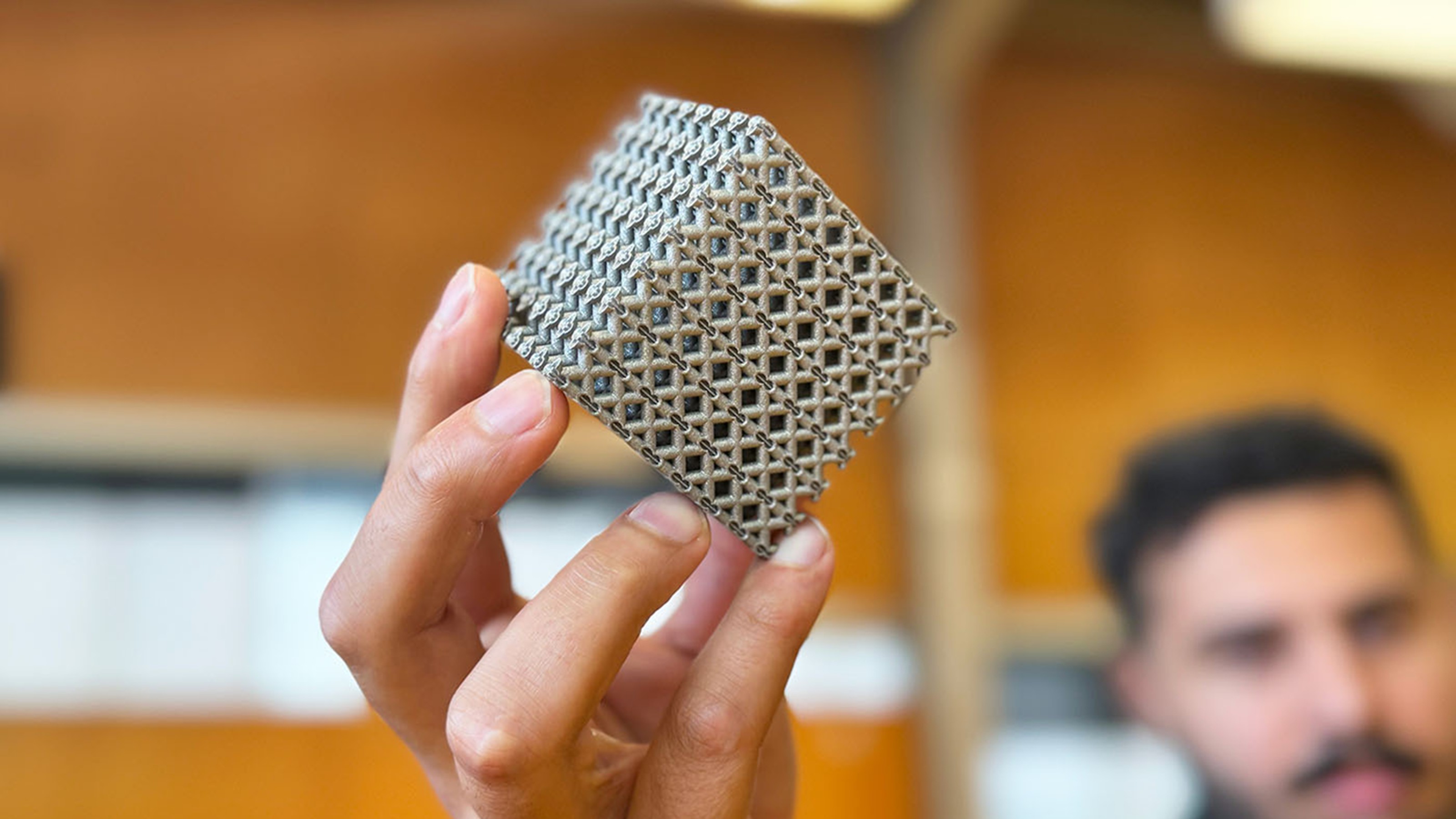When designers volley designs back and forth in a battle of one-upmanship, the result is an esoteric, but fun, digital-age sport.
Question: What is “layer tennis,” and what has been your favorite match?
Khoi Vinh: Well, I've only been to the one Layer tennis match, which was a few weeks ago. Layer Tennis is, I think really a kind of genius game cooked up by a friend of mine who runs a design agency in Chicago named Jim Kudall. In the game, two players -- two opponents, usually designers, sometimes illustrators, sometimes topographers, essentially volley back and forth a photo shot file and with each volley, they take what their opponent had done just prior and try to build on it and sort of add some more **** and elaborate on it and then turn it around and send it back over to the other player so that there's this back and forth where each volley is really a challenge to the other player to do something better; to one up the other player. It's a little bit esoteric and it's probably more fun to play than to watch because unless the players are really in sync, it can sometimes sort of seem like two people coming up with random images and throwing it back and forth at each other. But what makes it interesting to watch and to play really is this sort of 15 minute stop watch on each volley, and that sort of takes design into a new dimension that it's not typically associated with this idea of designing live, or designing in real time and people observing that.
And so, I had never really played it before and I had only seen the matches after they had been completed before. But I have to admit, it was really fun to play when I played it a few weeks ago. And I think what's really good about it is it takes your design skills and makes you think in a different part of your brain in a brain that has to respond in real time and to think very free-associatively and to play and not to think about business constraints and technology constraints entirely.
Recorded on March 3, 2010
Interviewed by Austin rnAllen





